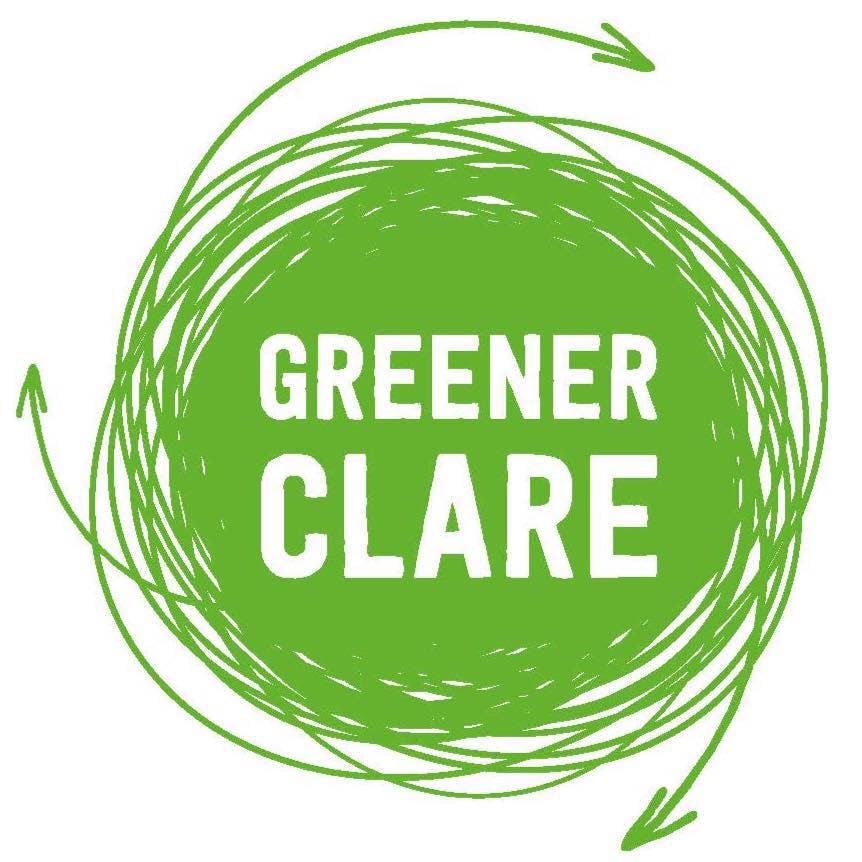Invasive Alien Species (IAS) in County Clare
Welcome to Clare County Council's Invasive Alien Species (IAS) page where you can find lots of information on IAS including how to:
- Identify
- Record and report
- Prevent their introduction
- Control their spread

What are Invasive Alien Species (IAS)?
Invasive species are plants, animals, invertebrates, and microbes that dominate their environment to the detriment of other species. Invasive Alien Species (IAS) have been introduced from elsewhere, either deliberately or by mistake. They arrive without their natural predators, the climate and land management practices suit them, and they colonise and spread rapidly. They are often very difficult and expensive to control, and they can cause serious environmental and economic harm.
Legislation to control the spread of Invasive Alien Species (IAS)
 Japanese knotweed
Japanese knotweed
The EC Birds and Natural Habitats Regulations 2011 is the most important legislation to know about. Article 49 of these regulations state that while it is not an offence to have IAS on private or public land it is an offence to knowingly allow them to disperse or escape. These IAS are listed in the Third Schedule of the regulations and can be viewed by clicking HERE.
Vector Materials are also listed in Part 3 of the Third Schedule. Vector materials means the soil or spoil taken from places infested with Japanese knotweed, Giant knotweed, Bohemian knotweed, and the Blue mussel (Mytilus edulis). The Environment Protection Agency regard the soil or spoil in which these species are growing as hazardous waste. In practice, this means that the IAS and its soil/spoil must be retained at the site where it is found or transported off-site under a specific licence obtained from the National Parks and Wildlife Service (NPWS). This licence is free, but the application must persuade NPWS that there is no risk of dispersal when the IAS is taken away from the site.
The EU Regulation known as Species Of Union Concern came into force on the 1st January 2015. This regulation provides a Europe-wide framework for preventing the introduction of new IAS and controlling species that have already become established. There are currently 88 Species of Union Concern. View this list by clicking HERE.
For a summary of the legislative requirements relating to IAS of concern in Co. Clare click HERE.
Who do I notify if there is a breach of the Birds and Natural Habitats Regulations 2011?
National Parks and Wildlife Service (NPWS) staff are authorised officers under the EC Birds and Natural Habitats Regulations 2011 and can be contacted if there are breaches of these regulations. Contact details for the NPWS can be viewed by clicking HERE.
What do I do if I find an Invasive Alien Species (IAS)?
There are five steps that need to be taken if you come across an Invasive Alien Species (IAS):
- Confirm the identity
- Implement biosecurity measures
- Submit a sighting to the National Biodiversity Data Centre
- Notify the relevant public body (where found on public owned land or water)
- Control and manage the spread
Step 1 Confirm the identity
To assist identification, we have selected seven of the most frequently found Invasive Alien Species in Clare. They are listed below. Click on the relevant IAS below to view a video on how to identify it:
- Japanese knotweed (Fallopia japonica)
- Himalayan knotweed (Koenigia polystacha)
- Himalayan balsam (Impatiens glandulifera)
- Rhododendron ponticum
- Giant rhubarb (Gunnera tinctoria and Gunnera manicata)
- Three-cornered leek (Allium triquetrum)
- Giant hogweed (Heracleum mantegazzianum)
The National Biodiversity Data Centre have identification guides that can be found by clicking HERE. In addition, more comprehensive information can be found on the Invasives.ie web resource by clicking HERE. This website includes information on distribution, legal status, level of invasiveness, pathways of introduction and dispersal, ecology and habitat.
There are a number of plant identification apps available for download online. If you wish to download such an app to assist identification, the "Pl@ntNet" app is free and widely used by professional botanists.
Step 2 Implement biosecurity measures
Up to date guidance on biosecurity measures to prevent the spread of an Invasive Alien Species can be viewed on the InvasiveSpecies.ie web resource. View the video below to learn how to use this excellent resource:
Step 3 Submit a sighting to the National Biodiversity Data Centre
Submitting a sighting to the National Biodiversity Date Centre is easy. Sightings can be recorded at Invasives.ie by clicking HERE. View the video below to learn how to submit a record.
Step 4 Notify the relevant public body
If an Invasive Alien Species is found on public land or water, contact the relevant Clare County Council Municipal District (MD) Office. Click HERE for a list of these MD offices and their contact details
Step 5 Control and manage the spread
While all Invasive Alien Species (IAS) have specific control and management requirements, there are some key features that are shared by all. For control and management guidelines, go to Invasives.ie by clicking HERE.
Information on control measures for the most frequently found IAS in Clare can be viewed by clicking on the relevant guidance documents below:



